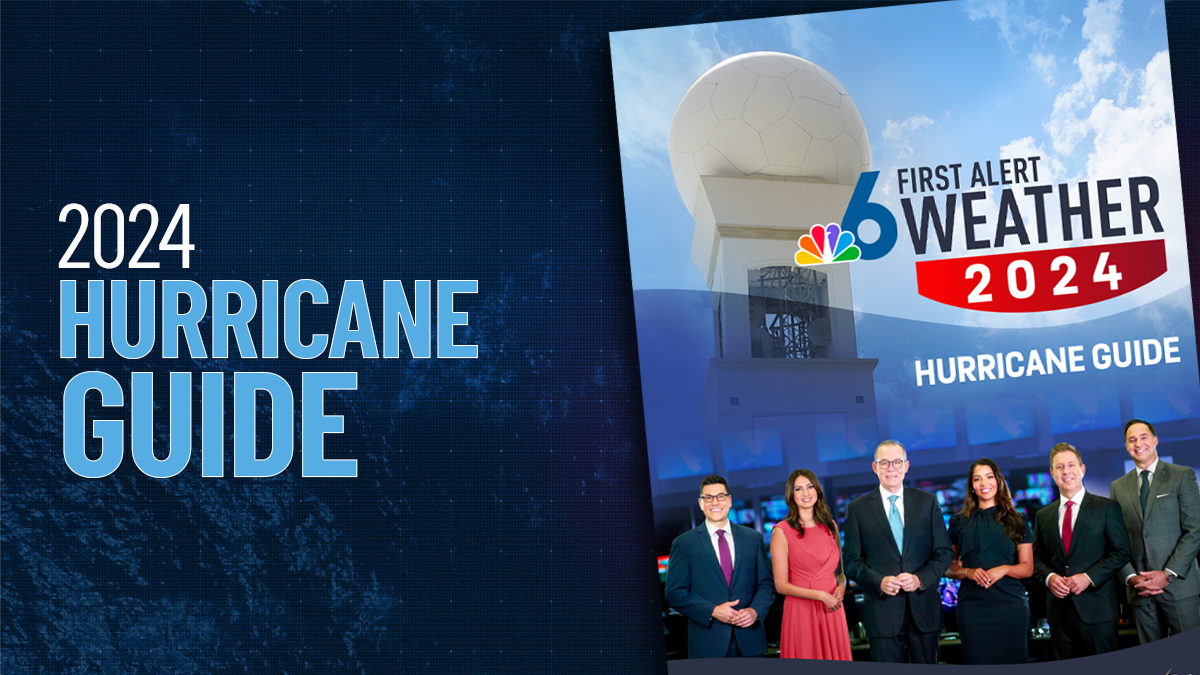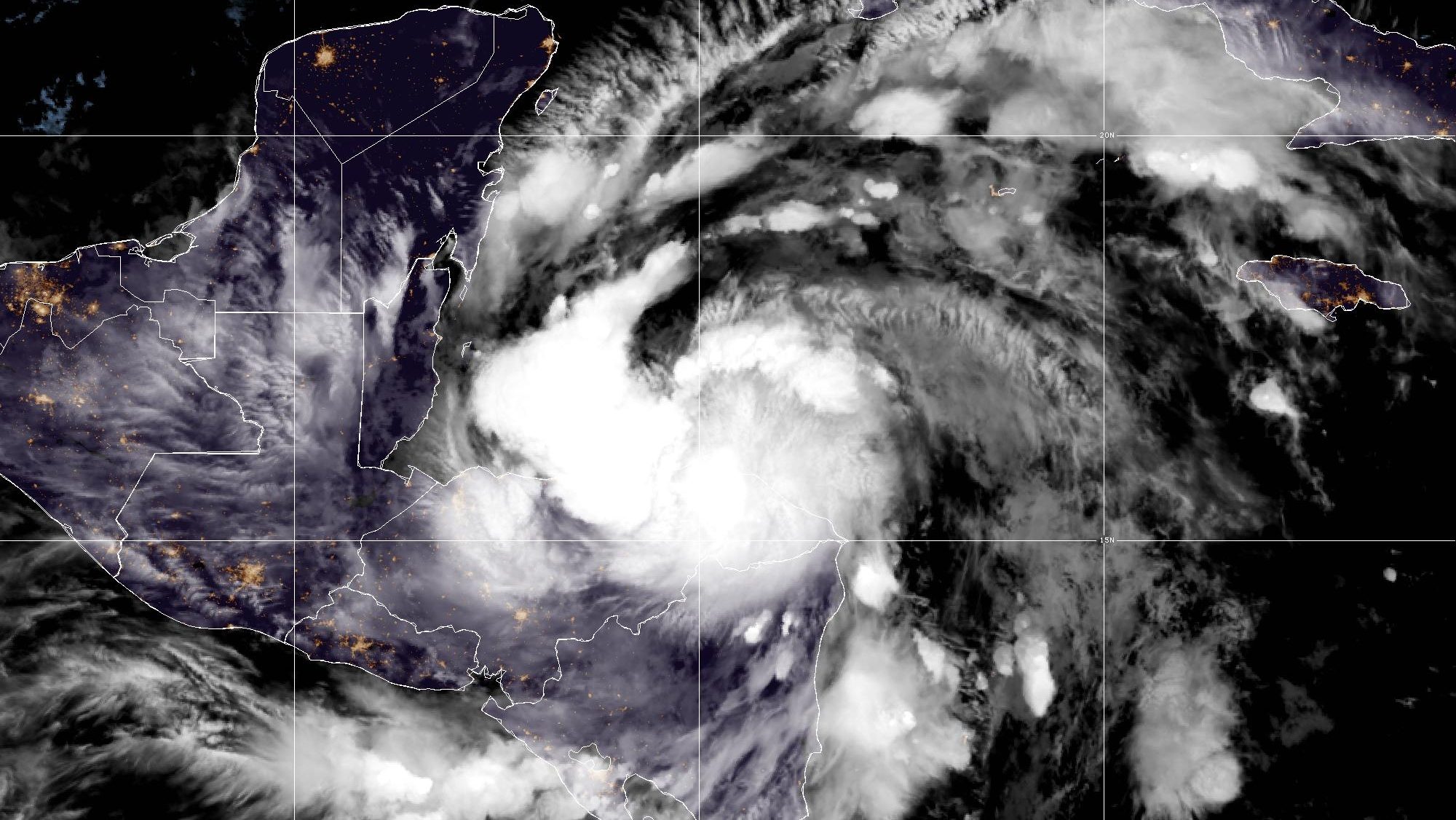Three down. 22 to go. Named tropical storms in the Atlantic, that is.
So says Colorado State University (CSU), the legacy hurricane seasonal forecasting entity that’s been predicting collective joy or misery with a reasonable amount of accuracy for the past many decades.
Watch NBC6 free wherever you are
Earlier this week, CSU updated the forecast for the 2024 season, upping the number of storms by two to 25, the number of hurricanes by one to 12, and those attaining major status by one as well. If it’s any consolation, the three storms we’ve had up to now — Alberto, Beryl and Chris — are supposed to be part of the 25.
NOAA has also called for a hyperactive hurricane season, with up to 25 tropical storms, 13 hurricanes, seven of them major category 3, 4 or 5 systems. Their update for the rest of the season is expected next month.
Get local news you need to know to start your day with NBC 6's News Headlines newsletter.
If you’re not alarmed by these projections, then let me share (or reshare) Penn State’s forecast.
Climate scientist Michael Mann and his team at the Department of Earth and Environmental Science are calling for 33 named storms this season. That would mean there’s 30 more to go! Just for kicks (actually, it’s for scientific reasons), there’s a plus or minus six in that forecast. Meaning that, if the Atlantic overachieved by a lot, the storm count could reach 39 in one year. How about them apples? Enough apples to make you sick, and history to be made.
We’ve already seen history in the Atlantic basin this year.
Hurricane Season
The NBC 6 First Alert Weather team guides you through hurricane season
Catastrophic Hurricane Beryl pulled off all kinds of never-before-seen feats. As the furthest east and strongest hurricane ever recorded so early in the season, it produced death and destruction from the Caribbean to Mexico to Texas and beyond. What will the rest of the season bring?
One bit of news that came out late this week was interpreted by some as hopeful. The La Niña phenomenon, which is deemed likely to arrive by peak hurricane season, has been slow to develop in recent weeks. In other words, the rate of cooling of the equatorial Pacific has slowed.
Because La Niña generates conditions favorable for hurricane formation in the Atlantic, any bumps in the road to its development are welcome news. Instead of likely arriving next month for the start of the stormiest period of the year, La Niña may not arrive until September or October. But those months are also part of peak season. Besides, the number of landfalling hurricanes in the U.S. has historically been higher whether there’s a La Niña or a neutral state between it and El Niño, where we sit at today.
For now, the Atlantic is in a bit of a pause, thanks in good part to widespread Saharan dust covering the basin, including Florida over the past few days. But the season is long, and the busiest months are still ahead. These pauses give us a chance to catch our breath, check our supplies, review our home’s vulnerability, and make a plan.



